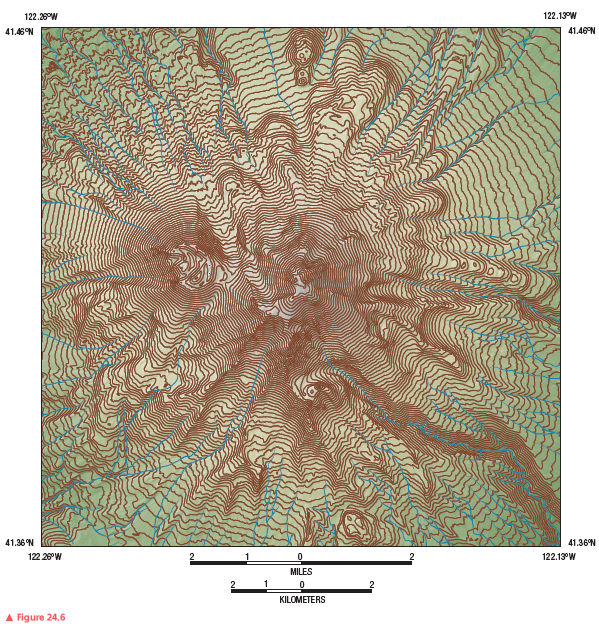Of the three types of plate boundary interactions shown in Figure 19.3, characterize the following plate boundaries:
a) On the ocean floor south of Alaska:
b) Indian Ocean between the Antarctic and Indo-Australian plates:
c) Beneath the Red Sea:
d) Along the west coast of Central America:
e) Through Iceland:
f) Along the northeast coast of the Persian Gulf:
g) In California between the Juan de Fuca plate and the North American plate:
a) subduction / convergence
b) divergent
c) rift / transform
d) subduction / convergence
e) sea-floor spreading / divergence
f) collision crush zone / convergence
g) transform
You might also like to view...
The Trans-Siberian Railroad
A) travels through the far north of Siberia. B) was extensively damaged by an earthquake in 2003. C) intentionally bypasses cities. D) ends at Vladivostok. E) was completed after the death of Stalin.
Which type of drainage pattern is shown in Figure 24.6? Briefly describe the structural conditions that have created this pattern.

What will be an ideal response?
Exurbs are "boomtowns" that are in remote areas for only one reason--access to
A) hiking and camping. B) farmland. C) wildlife. D) affordable housing. E) free parking.
Most Earth subsystems are open systems
Indicate whether the statement is true or false